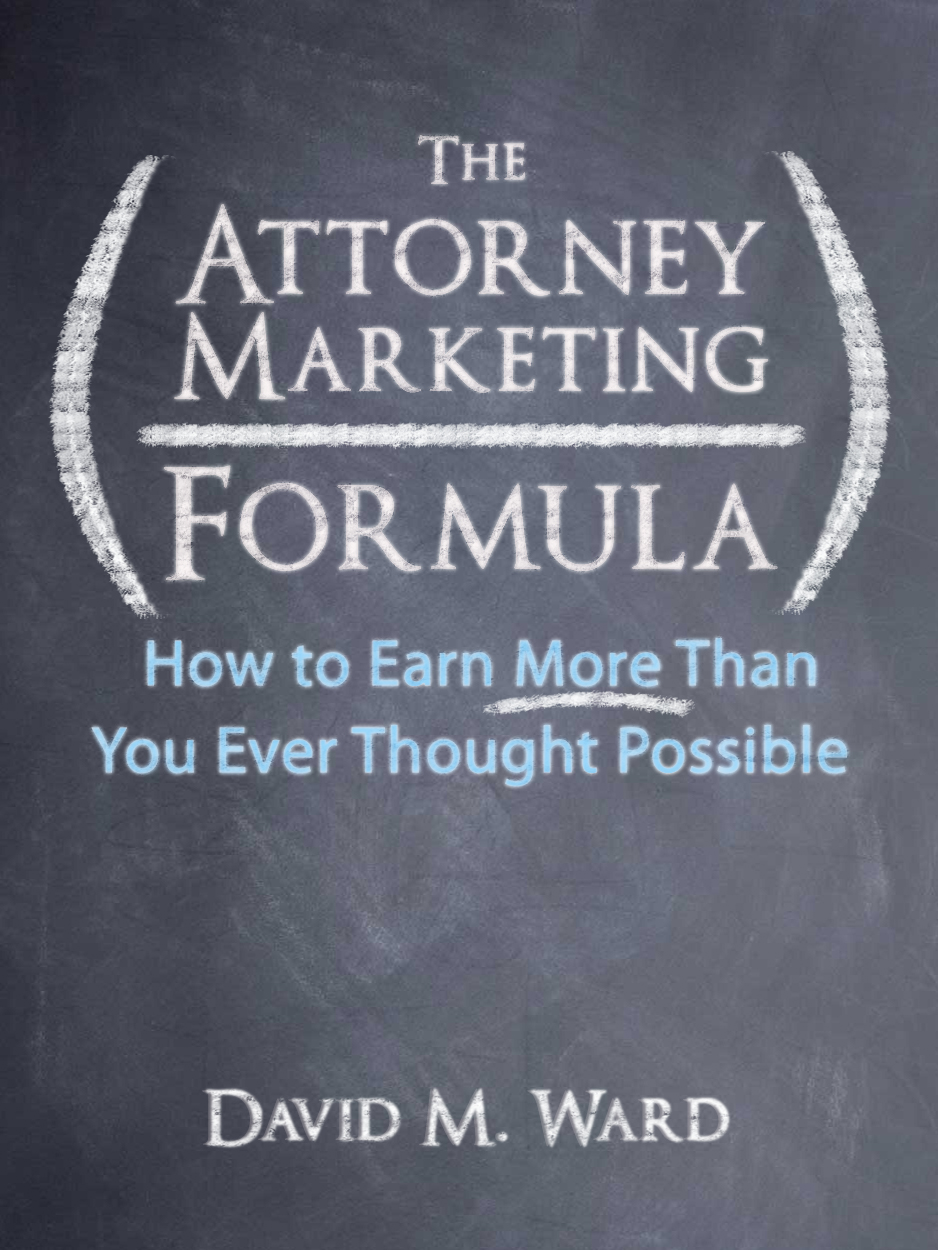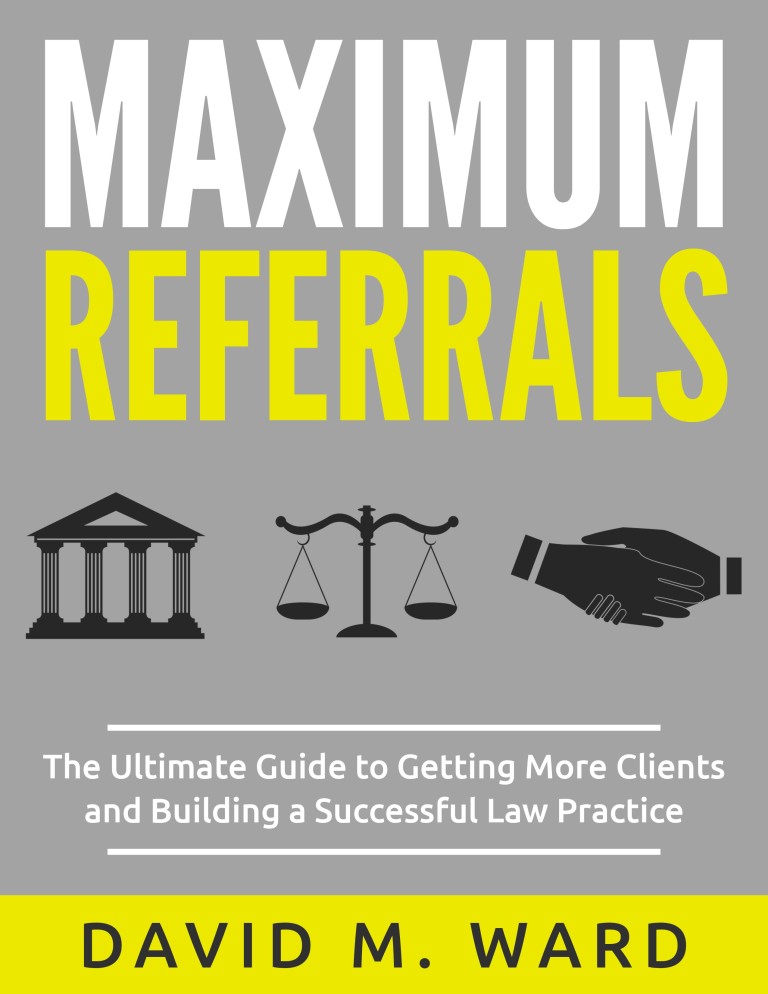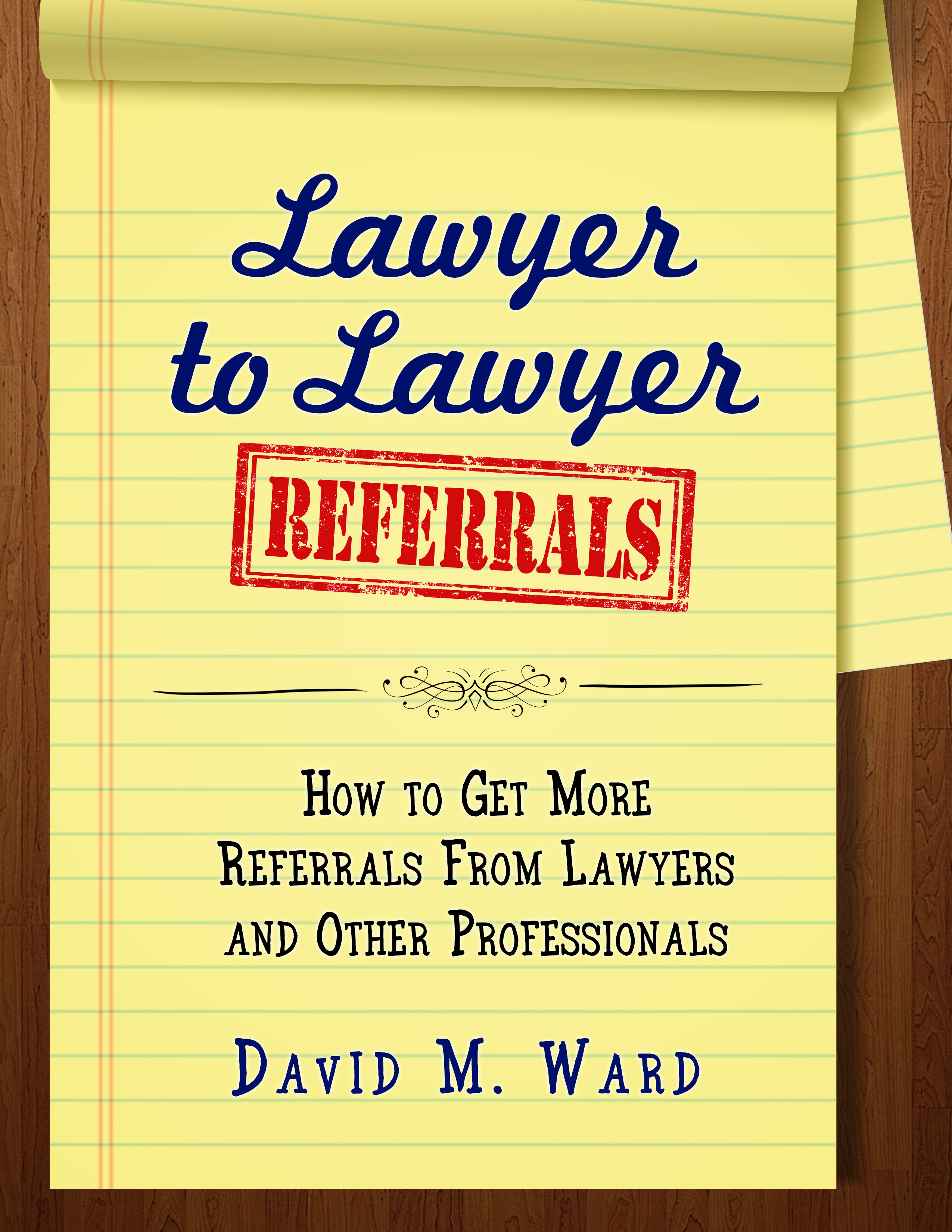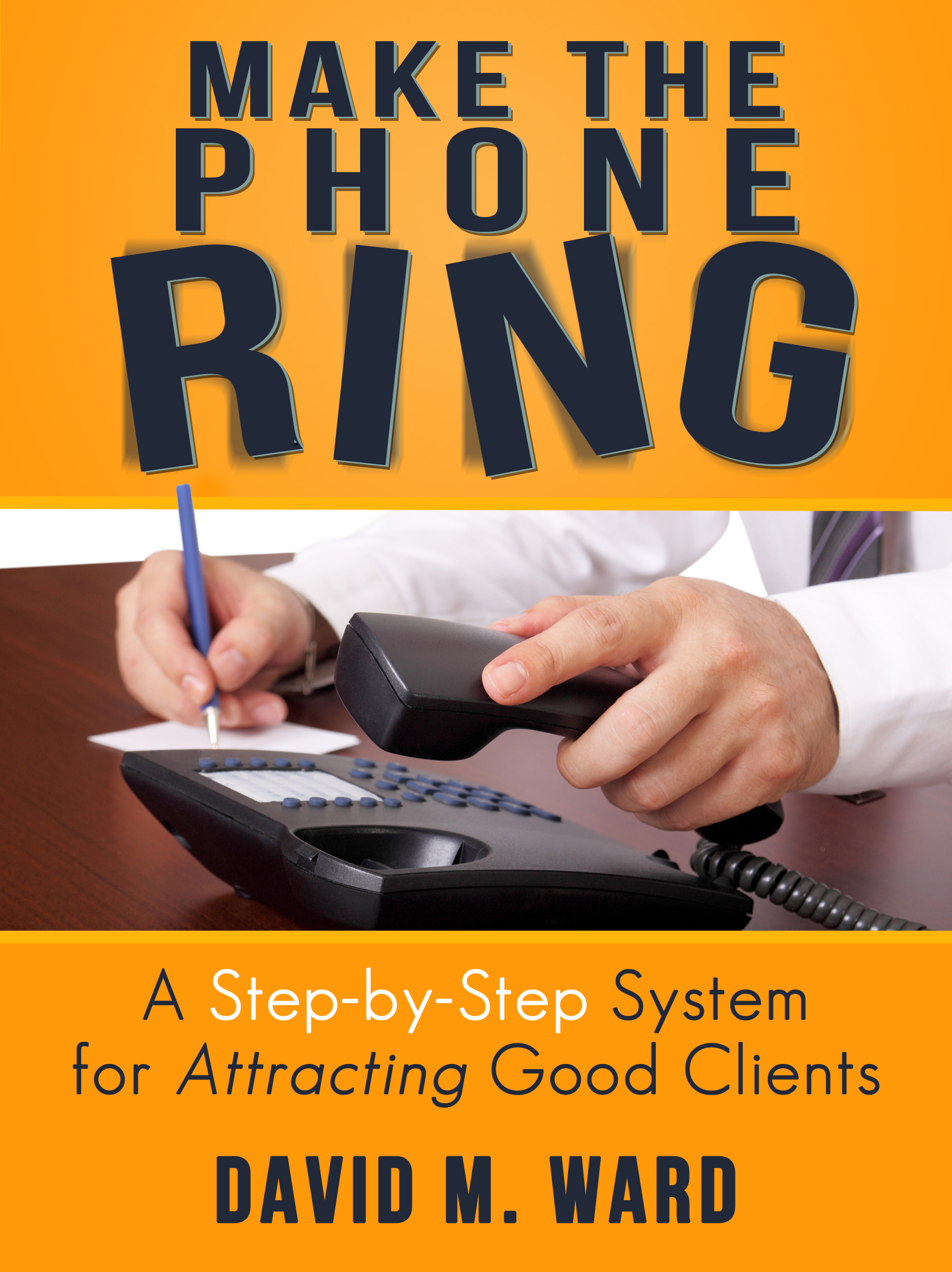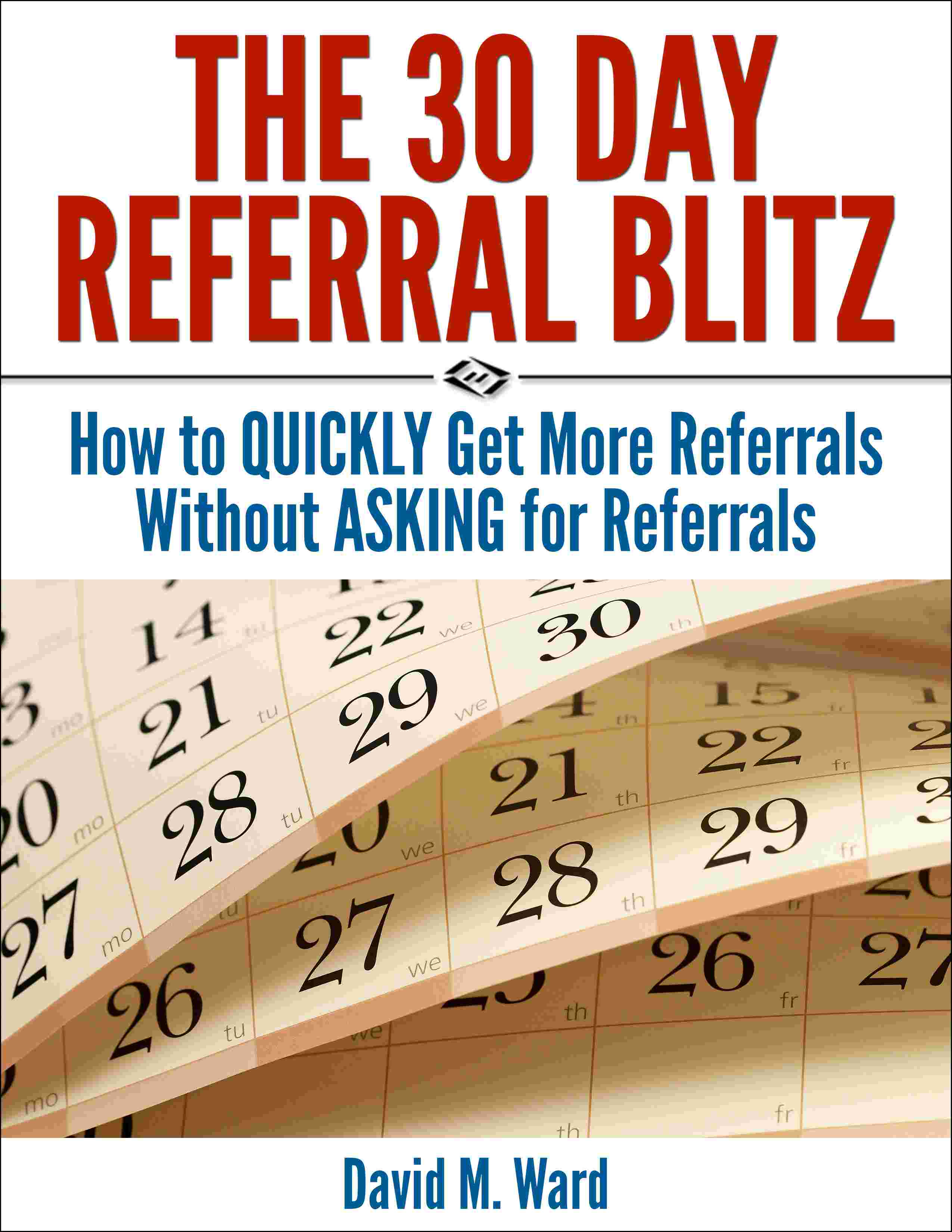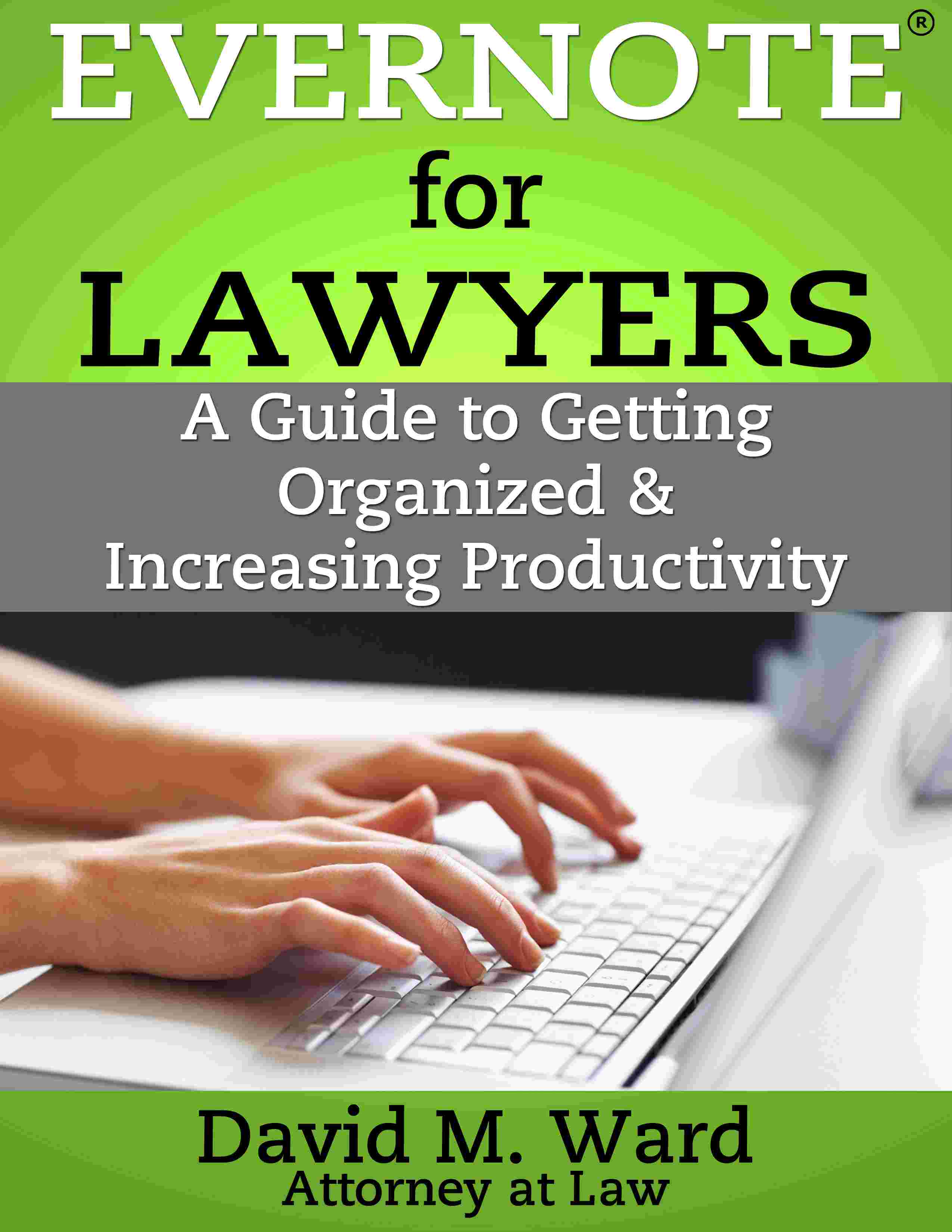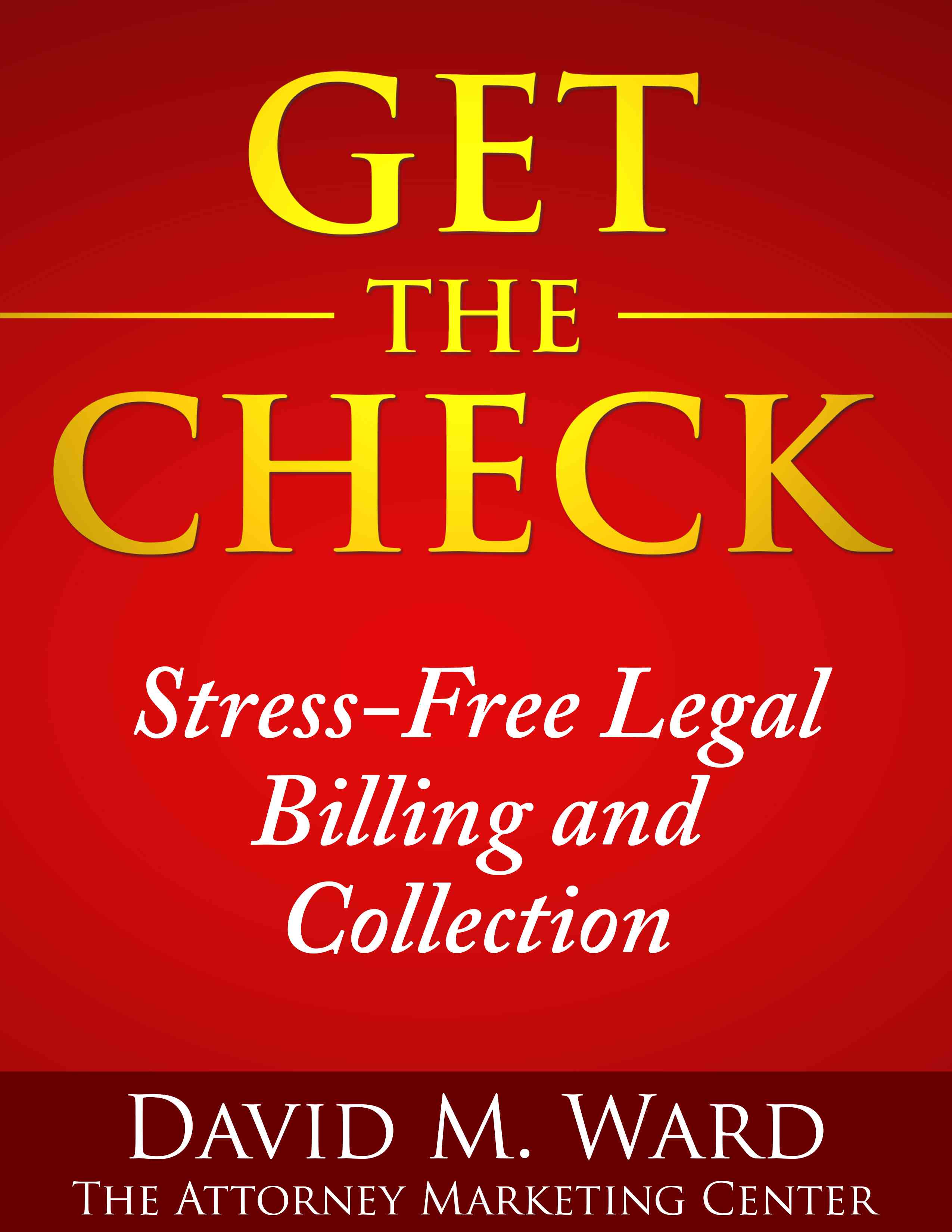Lawyers write a lot of blog posts and other content that explains how to do things. That’s good because “how to” is a very popular search term for people with legal issues.
But prospective clients also want to know “why”.
You tell them to do something, or avoid doing something, but your advice is much more persuasive and valuable to them if you tell them why.
If you handle personal injury cases, don’t just tell people what to say to the other driver, and what to avoid saying. Tell them why.
In fact, it’s a good idea to write blog posts and articles with a headline or title that features the word “why”. When someone sees that word, they become curious. “Why should I do that?” “Why is that a mistake?” and they read the article to find out.
You should also use the word “why” in your calls-to-action.
You want them to call and make an appointment? Tell them why. What do they get if they do? What are the benefits? What will that appointment help them do or avoid?
You want them to download your report? Fill out a form? Sign up for your webinar? Hire you (instead of any other lawyer)?
Tell them why.
Don’t stop writing how-to articles. They always have and always will be effective. But they are more effective when you also tell people why.

